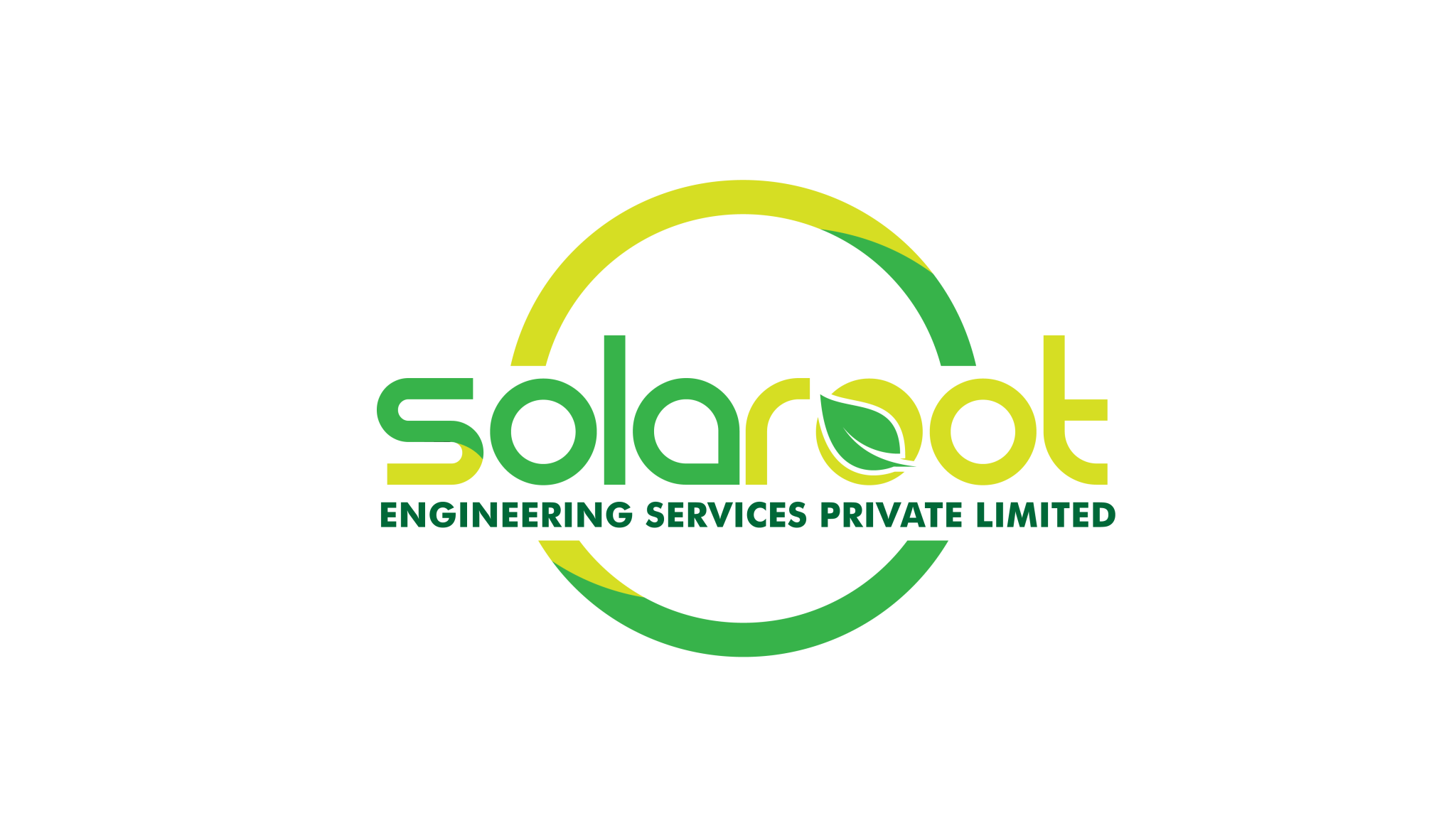If you’re a solar installer or working in the solar industry, you know how “busy” it can be once it’s about the peak season. Your entire schedule fluctuates, permits delays, and the team is stretched due to a heavy workload. It’s easy to feel overwhelmed, but let’s be honest – no matter how experienced you are, this time of year tests everyone.
However, the good part is that you’re not alone, dear installer—every problem has its solution, and here is yours. There are ways to manage the chaos without burning out. We will reveal them today on this blog. We’ll discuss the challenges faced by solar installers during the busy season and share some practical tips to manage the workload effectively. Completing your tasks on time keeps your clients happy and builds a reputable name for you in the industry.
So, let’s get into it!
What is the Peak Season for Solar Installation
In the U.S. solar market, installation demand doesn’t stay flat year-round. There are obvious peak seasons when installers face a rush in projects, which are usually driven by incentives, weather, and utility policies. Knowing these periods will help you prepare for a better outcome, whether you’re a large solar installer or a growing company.
When Is Peak Season for Solar Installations?
Many people don’t understand the cycle of seasons. Why it matters is that it has a significant impact on the solar installation process. If you compare them, you may see how they vary and fluctuate in the solar market. To make things easier, have a look at this table –
Common Pressure faced by Solar installers in Peak Seasons
Peak demand refers to a heavy workload, from site survey to Permission to Operate (PTO), where every step becomes time-sensitive. With this demand rising, installers often face particular challenges during this time, such as worker pressure and delays beyond their control. Here’s a closer look at the most common challenges solar installers or companies face during these high-demand months:
Problem 1: Overbooked Teams and Crew Shortages
As project volumes climb, installer calendars fill up fast. This often leads to:
- Scheduling delays as teams juggle to complete multiple projects simultaneously
- Team fatigue and burnout from extended work hours.
- Quality risks when rushing through numerous installations per day
Problem 2: Delays in Permits and Utility Approvals
Authorities Having Jurisdiction (AHJs) and utilities experience their backlogs during peak season, causing:
- Extended permit approval times (sometimes up to 4–6 weeks)
- Interconnection delays due to overloaded utility workflows
- Post-inspection hold-ups impacting PTO timelines
Problem 3: Design and Engineering Bottlenecks
With hundreds of systems needing permit plans, designers and engineers may struggle to keep up, leading to:
- Slower turnaround for plan sets and PE stamping
- Increased error rates due to rushed workloads
- Delayed permit submissions are affecting the project pipeline
Tip: Consider outsourcing design and engineering to trusted partners during surge periods to relieve internal pressure. If you’re looking for affordable options as peak season is occasionally so, this might help you out: Budget-friendly Options for Your Solar Permit Design Needs – Solaroot
- Having a partnership with a reliable partner can save you from this duration of the season, while you have peace of mind that your projects are on track to be completed on time, with permit approvals and minimal revision work. If you’re looking for one, Solaroot provides all these and optimizes your workflow.
Problem 4: Supply Chain Disruptions (Panels, Inverters, Hardware)
During peak months, both global and local supply chains often struggle to meet demand. Common issues include:
- Backordered solar panels, inverters, or racking systems
- Shipping delays due to port congestion or freight capacity limits
- Price volatility as suppliers adjust to market pressure
Problem 5: Customer Expectation Management
Keeping customers informed with longer lead times and project complexity becomes more challenging. Installers may face:
- Unrealistic expectations on install timelines or incentive deadlines
- Communication gaps due to stretched sales and support teams
- Frustration or cancellations if delays aren’t clearly explained
Tip: Utilize Prootly—our innovative internal CRM tool—to send regular project updates and set clear expectations from start to finish. Designed specifically for solar installers, Prootly allows you to access solar permit designs, track progress, and manage all project details in one centralized platform.
No need to juggle between tools—Prootly brings everything you need into one place.
Problem 6: Compliance and Quality Assurance Under Time Crunch
Rushing through projects to meet seasonal deadlines can put compliance at risk:
- Failed inspections due to shortcuts or overlooked codes
- Warranty claims from improperly installed equipment
- Rework costs that reduce project profitability
Tip: Establish internal QA checklists and inspection audits to maintain standards, even during busy periods.
Top 6 Solutions: To Keep Your Solar Projects on Track
When solar demand rises, staying organized and efficient becomes more crucial than ever; these six strategies can help your team deliver projects on time without compromising quality or customer trust.
Solution 1: Pre-Season Planning
Peak season can get hectic fast. If you don’t plan, you’ll be short on parts, time, or manpower.
- Stock up on essential materials, such as panels, inverters, and mounting gear, before the rush hits and the supplies run out.
- Review last year’s workload for each specific season and set realistic goals.
- Block your team’s calendar early and reserve your best resources for high-priority projects.
For NEW Solar installers
If you’ve just started your solar installation business and already have a qualified team in place, you may experience a rush during this peak season — which is great! However, here are some additional tips to help you stay ahead:
- Forecast Demand Early
Analyze local seasonal trends and utility incentives to predict customer demand 1–2 months ahead.
- Build a Scalable Team
Pre-hire and train extra crew members in advance to avoid last-minute labor shortages.
- Secure Inventory in Advance
Pre-order critical components (panels, inverters, racking) to avoid delays due to supply chain issues.
- Simplifying Permitting & Design
Partner with design and engineering services to obtain permit-ready plans more quickly and reduce approval time. Outsourcing is your best option.
- Set Clear Customer Expectations
Communicate timelines, potential delays, and installation steps to avoid cancellations or disputes.
Solution 2: Scale Your Team Smartly
Your regular crew might not be enough when projects start piling up.
- Bring in trusted subcontractors or certified freelancers to support your core team.
- Hire temporary staff during the busy months—but train them beforehand so they’re well-prepared.
- Create a backup list of available installers and designers you can tap on short notice.
Solution 3: Simplify Your Design and Engineering Process
Design delays and permit bottlenecks are among the primary reasons projects stall.
- Use solar design software to create accurate layouts quickly.
- Outsource complex projects to external design experts or engineers.
- Partner with firms specializing in permit drawings and PE (Professional Engineer) stamps to speed up approval.
Solution 4: Improve Communication & Project Management
Confusion and poor communication can cost you clients and delay installs.
- A CRM or project management tool can track every project stage in one place.
- Set up automated updates (texts or emails) to keep your clients informed.
- Host regular internal check-ins to make sure everyone’s on the same page.
Solution 5: Build Relationships with Local Authorities
Permit delays are a top pain point during peak season, but many can be avoided with better coordination.
- Learn the exact permit requirements and processing times in each area you serve.
- Build friendly, professional relationships with permit officers and utility contacts.
- Double-check applications before submission to avoid rework and resubmissions.
Solution 6: Prioritize Projects Based on Practicability
Not every lead will turn into a successful project, and during peak season, every hour counts.
- Filter out leads that aren’t ready or don’t meet feasibility criteria (e.g., roofs in poor condition, low budgets, shaded sites).
- Prioritize projects that are technically and financially ready to move forward.
- Use a lead scoring system to separate “ready to go” clients from long shots.
Conclusion
In conclusion, rising seasonal demand can bring business to a peak, but it’s challenging; however, it’s manageable with the proper planning, tools, and teamwork. Focus on intelligent scheduling, clear communication, and reliable partnerships to keep your projects on track. Handle the rush well, and you’ll meet deadlines, build lasting trust, and establish a stronger reputation.



